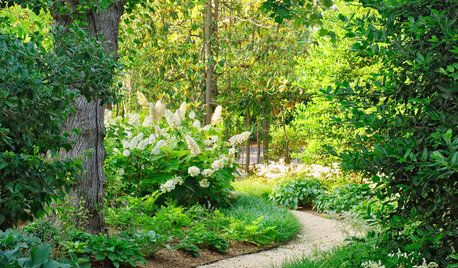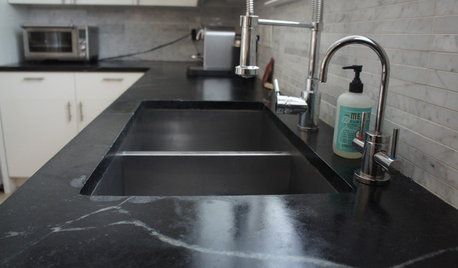Misting?
greenwood85
15 years ago
Featured Answer
Comments (44)
countrykitty
15 years agolast modified: 9 years agomr_subjunctive
15 years agolast modified: 9 years agoRelated Professionals
Ashburn Landscape Architects & Landscape Designers · Chattanooga Landscape Architects & Landscape Designers · Willowick Landscape Architects & Landscape Designers · Gainesville Landscape Contractors · Middletown Landscape Contractors · Anderson Landscape Contractors · Aberdeen Landscape Contractors · Medford Landscape Contractors · North Ridgeville Landscape Contractors · Oklahoma City Landscape Contractors · Secaucus Landscape Contractors · Webster Groves Landscape Contractors · Arkansas Interior Designers & Decorators · Ogden Interior Designers & Decorators · Washington Interior Designers & Decoratorsclient_m
15 years agolast modified: 9 years agomlevie
15 years agolast modified: 9 years agobirdsnblooms
15 years agolast modified: 9 years agogreenwood85
15 years agolast modified: 9 years agogreenelbows1
15 years agolast modified: 9 years agotapla (mid-Michigan, USDA z5b-6a)
15 years agolast modified: 9 years agogreattigerdane
15 years agolast modified: 9 years agoalbert_135 39.17°N 119.76°W 4695ft.
15 years agolast modified: 9 years agojefe12234
15 years agolast modified: 9 years agojefe12234
15 years agolast modified: 9 years agojeannie7
15 years agolast modified: 9 years agopirate_girl
15 years agolast modified: 9 years agoAlph
13 years agolast modified: 9 years agotapla (mid-Michigan, USDA z5b-6a)
13 years agolast modified: 9 years agoAlph
13 years agolast modified: 9 years agotapla (mid-Michigan, USDA z5b-6a)
13 years agolast modified: 9 years agorhizo_1 (North AL) zone 7
13 years agolast modified: 9 years agotapla (mid-Michigan, USDA z5b-6a)
13 years agolast modified: 9 years agocactusmcharris, interior BC Z4/5
13 years agolast modified: 9 years agomooseling
13 years agolast modified: 9 years agomeyermike_1micha
13 years agolast modified: 9 years agogreenman28 NorCal 7b/8a
13 years agolast modified: 9 years agomeyermike_1micha
13 years agolast modified: 9 years agogreenman28 NorCal 7b/8a
13 years agolast modified: 9 years agorhizo_1 (North AL) zone 7
13 years agolast modified: 9 years agopirate_girl
13 years agolast modified: 9 years agogobluedjm 9/18 CA
13 years agolast modified: 9 years agomeyermike_1micha
13 years agolast modified: 9 years agojane__ny
13 years agolast modified: 9 years agomeyermike_1micha
13 years agolast modified: 9 years agolarry_b
13 years agolast modified: 9 years agomooseling
13 years agolast modified: 9 years agodsws
11 years agolast modified: 9 years agodsws
11 years agolast modified: 9 years agodsws
11 years agolast modified: 9 years agopirate_girl
11 years agolast modified: 9 years agodsws
11 years agolast modified: 9 years agogreenlarry
11 years agolast modified: 9 years agosixtyfivenbhs
7 years agorhizo_1 (North AL) zone 7
7 years agoDave
7 years ago
Related Stories

ROOM OF THE DAYRoom of the Day: Bright Red Dining Room Glows in Fog City
Mist can put a damper on the mood in San Francisco, but this lively room fires up the energy
Full Story
HOUSEPLANTS8 Essentials for Healthy Indoor Plants
Houseplants add so much to our homes — and can thrive when grown in the right conditions. Keep these tips in mind
Full Story
HOUSEPLANTSHow to Grow Orchids Indoors
Orchids are the exotic aristocrats of the flower world and can make themselves comfortable in almost any home
Full Story
DECORATING GUIDESIndoor Gardener: Orchids Bring Beauty to Decor
Beautifully blooming orchids add elegance and grace to entryways, bathrooms and decorative vignettes
Full Story
LANDSCAPE DESIGNUnwind in Your Own Private Garden Escape
When the world is getting on your last nerve, an outdoor refuge can soothe and nurture. Here's how to design a garden with relaxing in mind
Full Story
ROOM OF THE DAYRoom of the Day: A Walk Through the Redwoods
Painted behind the bed, trees bring a calming air to a San Francisco master bedroom
Full Story
KITCHEN DESIGNSoapstone Counters: A Love Story
Love means accepting — maybe even celebrating — imperfections. See if soapstone’s assets and imperfections will work for you
Full Story
DECORATING GUIDESColor of the Week: Decorating With Warm Gray
Tired of tan? Getting gloomy from cool gray? Make warm gray your new go-to neutral
Full Story
GARDENING AND LANDSCAPING4 Good Ways to Get Rid of Mosquitos in Your Yard
Stay safe from West Nile virus and put an end to irksome itches with these tools and methods for a porch, patio or yard
Full Story
HOUZZ TOURSRare Modernist Home Uncovered in Palm Springs
A custom home by modernist William Krisel gets restored and updated
Full StoryMore Discussions










tapla (mid-Michigan, USDA z5b-6a)